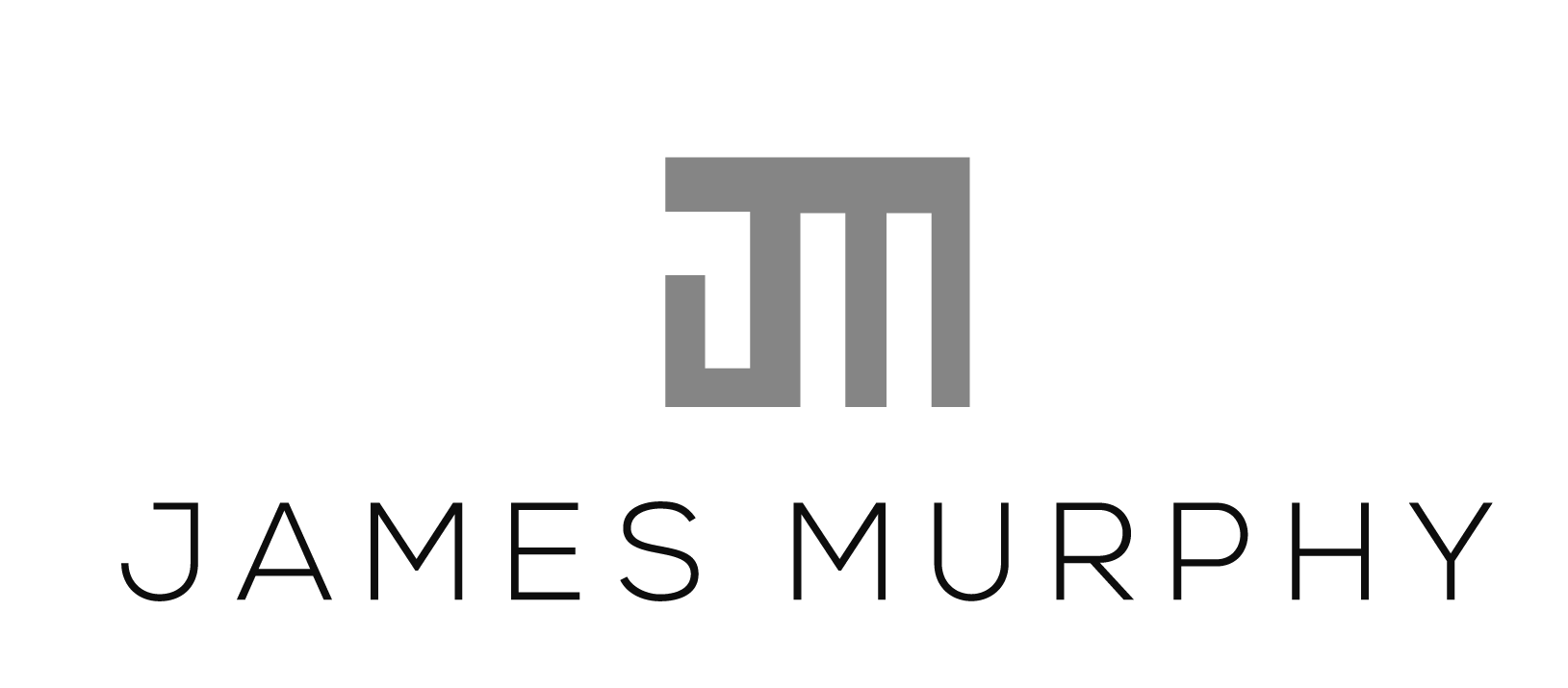Build a rapid prototype to enjoy benefits like shorter lead times, lower manufacturing costs, and accurate designs. Leverage digital fabrication technologies to rise above the noise and lead innovation. But first, learn the rapid prototyping fundamentals and discuss options with an expert.
A rapid prototype can help you visualize product designs and interact with various features before production. Rapid prototyping allows engineers to streamline design iteration for fast and efficient design validation and distribution. But is that all there is to know?
RP has become a vital part of the modern manufacturing landscape. Most companies create a rapid prototype to ensure quality, test functionality, and demonstrate practicality. However, traditional fabrication methods require a substantial investment, limiting innovation with steadily increasing costs. Rapid prototyping changes all that.
This blog will explore the importance of PR in design and manufacturing. We will examine the technologies and materials used in rapid prototyping and then discuss the different methodologies and their most beneficial applications.
Learn what you need to know to stay on the cutting edge of your industry. Let’s get started.
Table of Contents
Technologies and Materials Used in Rapid Prototyping
The Rapid Prototyping Process Step-By-Step
Step 1: Define the Design Requirements
Step 2: Complete Conceptualization
Step 4: Choose a Rapid Prototyping Method
Step 5: Begin Creating a Rapid Prototype
Step 6: Evaluate and Test Designs
Step 7: Iterate to Remove Issues
Benefits of Building a Rapid Prototype
#1. Rapid Prototyping Increases Production Speeds and Efficiency.
#2. RP Helps Product Developers Save Money on Design Iteration.
#3. A Rapid Prototype Offers Enhanced Customization Options.
#4. Rapid Prototyping Helps Reduce Manufacturing Risks.
What Is a Rapid Prototype?
Understanding what a rapid prototype is can help teams develop better outcomes. Rapid prototyping is a quick process for creating physical or digital models of products. It is also helpful in demonstrating or evaluating design concepts.

We offer fast, high-quality, tailored PROTOTYPING solutions for leading companies in a wide range of industries.
superior Rapid PROTOTYPING
The primary purpose of rapid prototyping is to test ideas and validate adaptations. This crucial manufacturing process saves time and decreases waste by revealing design flaws before full-scale production.
Engineers utilize various techniques to develop a rapid prototype. Some options include 3D Printing, computer-aided design (CAD), laser cutting, and computer numerical control (CNC). Rapid prototypes eliminate guessing games, allowing teams to gather helpful feedback on the concept’s viability.
Technologies and Materials Used in Rapid Prototyping
A rapid prototype uses different materials and technologies depending on the requirements. Tech examples include 3D printing and additive manufacturing, CAD computer-aided design, CNC machining, injection molding, and sheet metal fabrication. Some facilities also utilize rapid tooling, laser engraving, and virtual simulation technologies.
Other rapid prototyping processes include:
- Fused Deposition Modelling (FDM)
- Stereolithography (SLA)
- Selective Laser Sintering (SLS)
- Digital Light Processing (DLP)
We will cover those processes in more detail in the next section. Meanwhile, materials vary based on functional analysis and application. Options include metals, alloys, ABS, PLA, photopolymer resins, and nylon. However, advanced manufacturers can handle more durable materials such as aluminum, titanium, cobalt-chrome, and stainless steel.
Technology and material choices should coordinate with the rapid prototyping process required for optimal results. Consider the design characteristics, and then speak to an RP expert for more information.
The Rapid Prototyping Process Step-By-Step
You need to know what to expect when starting a rapid prototyping project. This knowledge can help you plan according to strict guidelines and industry standards. It also fosters collaboration among product developers, engineers, and operators.
Here is a step-by-step breakdown of the RP process:
Step 1: Define the Design Requirements
This step involves deciding on the project’s primary and secondary objectives. Discuss the target audience, name the desired outcomes, and evaluate potential problems before moving to the next phase.
Step 2: Complete Conceptualization
The conceptualization step is crucial because it helps teams develop an initial design. Let teams share concepts and ideas to explore different possibilities. Then determine how a rapid prototype will solve problems or fill market gaps.
Step 3: Design with CAD
CAD (computer-aided design) lets teams transform their chosen concepts into more detailed models for testing, demonstrating, and analyzing. Engineers use this step to specify dimensions, confirm materials, and validate other essential features before selecting a rapid prototyping method.
Step 4: Choose a Rapid Prototyping Method
The next step is to pick an RP technique that makes sense for your design and timeline. Select the most suitable RP method based on complexities, budget constraints, intended uses, and market expectations. Now is the best time to consult a rapid prototyping expert for tailored advice.
Step 5: Begin Creating a Rapid Prototype
Whether you choose 3D Printing or CNC machining, use the preferred technique to develop physical or digital product models. Leverage digital fabrication technologies to take designs from concept to creation. Then use tangible representations for marketing and more.
Step 6: Evaluate and Test Designs
This step is about evaluating design details and testing functionality. Engineers should also use this time to determine product viability and performance. They can gather stakeholder feedback, discuss variables with team members, and survey potential users for optimal UX.
Step 7: Iterate to Remove Issues
Design iteration comes next. It is the step involving design refinement based on team feedback. Engineers and operators can collaborate to integrate modifications or improve a rapid prototype performance. They can also double-check usability after alterations and confirm the aesthetics.
Step 8: Finalize the Design
Design validation is an essential part of the rapid prototyping process. It allows stakeholders to confirm satisfaction with the final product before manufacturing. This step is also the last chance to address design issues or suggest changes for further development or production.
Step 9: Move to Production
Prototype production is the second-to-last set in the rapid prototyping journey. Teams utilize a refined design to manufacture products to scale. They can use the final rendering to conduct in-depth research, do last-minute testing, and validate details.
Step 10: Deploy to Market
The final step is product deployment. Teams can launch designs to potential investors, clients, and consumers at this point. Many product developers also use this to gather further validation, feedback, and design acceptance through post-production data collection and analysis.
Types of Rapid Prototyping
The type of rapid prototype you choose to make can impact the outcomes, lead times, and expense. Different approaches can also alter the steps outlined in the previous section. Contact a reputable rapid prototyping company to determine a practical projection.
Let’s look more closely at the five primary techniques to help you decide:
- Fused Deposition Modelling (FDM) – Deposit layers of thermoplastics through a nozzle to quickly create 3D objects.
- Stereolithography (SLA) – Cure liquid photopolymer resins into solid layers using a laser for high precision.
- Selective Laser Sintering (SLS) – Fuse materials with high-powered lasers to create durable structures and complex geometries.
- Digital Light Processing (DLP) – Selectively cure liquid photopolymers one layer at a time for high resolution and smooth surface finishes.
Each rapid prototype approach has unique pros and cons to consider. An acceptable trade-off depends on your project’s goals.
Benefits of Building a Rapid Prototype
Does creating a rapid prototype make sense for your team? Most likely, it does. Here’s why:
#1. Rapid Prototyping Increases Production Speeds and Efficiency.
Rapid prototyping allows for the quick production of scalable models and functional examples. It helps teams rectify design flaws during early development stages, decreasing time spent on rework and validation. RP minimizes lead times and accelerates time-to-market.
#2. RP Helps Product Developers Save Money on Design Iteration.
Design iteration can take time, especially when you don’t catch issues before it’s too late. Rapid prototyping gives you an inside view of products under development. It is a digital fabrication tool designed to simplify iterative practices and help reduce waste.
#3. A Rapid Prototype Offers Enhanced Customization Options.
Teams can swiftly modify designs with rapid prototyping, allowing for the unplanned integration of innovative concepts. This advantage lets engineers adapt and refine outcomes based on specific market needs or stakeholder feedback, facilitating niche production standards and consistent branding.
#4. Rapid Prototyping Helps Reduce Manufacturing Risks.
A rapid prototype can help mitigate manufacturing issues with thorough testing and design validation before full-scale production or public release. Physical and digital models highlight risks for immediate addressing, minimizing costly errors to ensure compatibility and compliance.
Rapid Prototype Applications
How can a rapid prototype improve product outcomes without busting budgets or extending lead times? Rapid prototyping has multiple applications and is suitable for any industry. It’s also a cost-effective alternative to traditional manufacturing and unsustainable practices.
RP applications range from product development and iterative design to market research and consumer feedback. Computer-aided design, 3D Printing, and other digital fabrication technologies provide room for creativity. Manufacturing standardization ensures high-quality outcomes consistent with industry expectations.
A rapid prototype has five primary purposes:
- Concept Collaboration
- Design Iteration
- Design Validation
- Functional Testing
- Market Research
Let’s zoom in on each to understand why rapid prototyping the quality standard of modern manufacturing is:
Concept Collaboration
Innovative products require input from multiple experts. However, collaborating in person isn’t always an option. CAD software fosters cooperation despite time zones or locations. Teams can visualize products in real-time to provide practical feedback throughout each phase.
“Build better and faster with lean manufacturing. Discuss the details before revealing designs or introducing products to the public.”
Design Iteration
Iterative design is critical because it helps teams understand concepts and ensure optimal performance. Rapid prototypes provide unique insights and 360-degree views of products for troubleshooting and brainstorming. Digital fabrication technologies offer detailed perspectives to scale.
“Get creative in the machine shop. Engineers can try unusual geometries or material combinations without committing to the design.”
Design Validation
Validating your designs before production can be tricky without a streamlined process and advanced tools. Each phase must receive confirmation from several departments; multiple details need checking. Rapid prototyping helps experts with design validation by tracking changes, storing core features, and executing processes automatically.
“Let automation do its job. Simplify the monotonous production phases to manufacture consistently high-quality prototypes and finished products.”
Functional Testing
Testing product functionality is a critical step in manufacturing. A rapid prototype lets teams determine whether specific adaptations work or need further adjusting. Then engineers can note which elements require redesign, reiteration, or reinforcement to enhance designs and improve product outcomes.
“Play it safe. Functional testing ensures your innovative concepts work as intended for evaluation, assembly, and distribution.”
Market Research
Rapid prototyping is helpful for comprehensive, hands-on market research. Prototypes and mockups allow teams to conduct surveys, run tests, and gather realistic feedback. Product developers can also utilize CAD software to visualize consumer behavior patterns and supply/demand fluctuations.
“Stay ahead of the curve. Leverage rapid prototyping, 3D printing, and other digital fabrication methods to transform concepts into deliverables.”
Conclusion
Creating a rapid prototype means giving your team a competitive advantage. Encourage innovation and practice sustainable manufacturing with digital fabrication services.
Rapid prototyping involves building scalable models for functional testing, streamlined iteration, and design validation. It plays a critical role in team collaboration and consistently meeting industry standards.
Use digital fabrication tools to enhance product development and accelerate time-to-market. Discuss your options with an RP expert and seek project quotes to determine budgets, timelines, materials, and expectations.
 About the Author
About the Author
James Murphy is the founder and CEO of HLH Rapid – a hybrid CNC machine shop fusing Western service and quality with Eurasian industry influences for over 14 years. His advanced enterprise uncovers cost-effective rapid injection molding techniques to remain unmatched by industry competitors. Murphy’s full-service fabrication and manufacturing methods span six dedicated zones, from 3D printing and vacuum casting to sheet metal prototyping and project management. His expertise also includes high-efficiency machining within strict yet volatile markets.
Murphy earned an MBA after becoming inspired by his father’s hands-on craftsmanship. As a budding entrepreneur, he taught English and studied Chinese to pursue pioneering objectives. His groundbreaking approach helps build the future by providing well-rounded manufacturing services to innovative Western businesses. When he’s not offering upscale RP and CNC, James enjoys art-house movies, Thai boxing, and spending time with his growing family.
Visit HLHRapid.com for an instant quote on rapid prototyping services.


